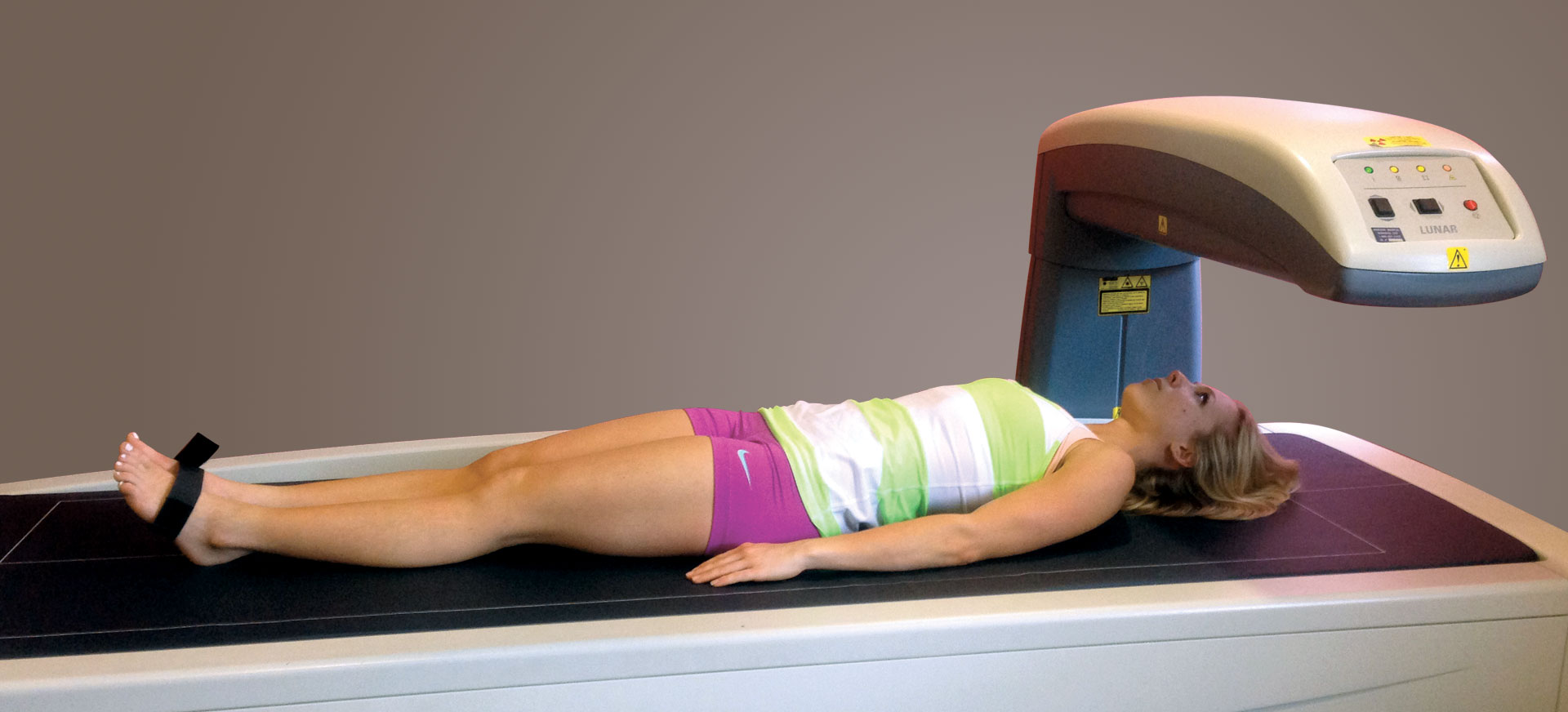Medical imaging is always getting better so that doctors can find out more about different health problems without having to do any invasive tests. The virtual angiogram is one of the most interesting new technologies of the last few years. People like this process because it can give clear pictures of blood veins without having to do anything harmful. This article describes the main parts of a virtual angiogram and how it can be used. You will also learn its benefits if you are thinking about getting an angiogram scan or just want to explore more about current imaging choices.
How Does a Virtual Angiogram Work?
CT angiogram technology, which is also called computed tomography angiography (CTA), is used for the virtual angiogram. A contrast dye is injected into the patient during a CTA scan. This makes the blood vessels prominent in the CT scan pictures. The CT machine then takes several cross-sectional pictures, which are put together to make a full 3D picture of the blood vessels. This method is safe and successful for doctors because it lets them look at the blood vessels with great accuracy. They can also figure out how blood flows and if there are any problems.
Key Applications of Virtual Angiograms
The virtual angiogram is now an important way to diagnose and keep an eye on many health problems. One of the main uses is shown below:
- Heart Disease Diagnosis:
A virtual angiogram is often used to find people with coronary artery disease. Doctors can see if the arteries that bring blood to the heart are blocked or getting too small, which could cause a heart attack. This non-invasive test can help people with chest pain or who are at risk for heart disease figure out how healthy their heart is.
- Assessing Peripheral Artery Disease:
When the blood veins in the legs get narrowed or stopped, this is called peripheral artery disease (PAD). A virtual angiogram is a good way to look at these blood vessels and see if there is a chance of problems. For example, a drop in blood flow to the legs can cause pain and other problems.
- Aneurysm Detection:
Aneurysms are places in blood vessels that swell up and can happen anywhere in the body, even in the brain. A CT angiogram can show aneurysms in different body parts and help doctors figure out how big they are and how likely they are to burst. Aneurysms can be life-threatening if they are not managed, so finding them early is very important.
Advantages of Virtual Angiograms
The virtual angiogram is better than standard angiography in a number of ways. For these reasons, it’s a popular choice among patients and healthcare professionals.
- Non-Invasive and Low-Risk:
A regular angiography needs a tube to be put into the bloodstream. A virtual angiogram, on the other hand, does not require any painful procedures. There is less chance of problems like infection or blood because there is no need for a cut.
- Quick and Convenient:
The angiogram scan itself usually only takes thirty minutes, and patients can generally go back to their daily routines right away. This makes it easy for people to schedule the test without having to make big changes to their plans.
- High Precision and Clarity:
CT angiograms give doctors very clear pictures that let them see even small problems in blood vessels. This level of accuracy is very important for correctly recognizing conditions early on, which can help treatment work better.
Conclusion
A virtual angiogram is a modern medical tool that lets doctors see blood veins in a safe, non-invasive way. This method is very useful in modern medicine because it can be used to diagnose heart problems, find aneurysms, and stop strokes. The benefits of a virtual angiogram, such as its short treatment time and clear images, make it a popular choice for both patients and doctors. If you or someone you care about needs an angiogram scan, must visit ViaScan of Las Colinas. They are the best option to get such scans at affordable rates.

